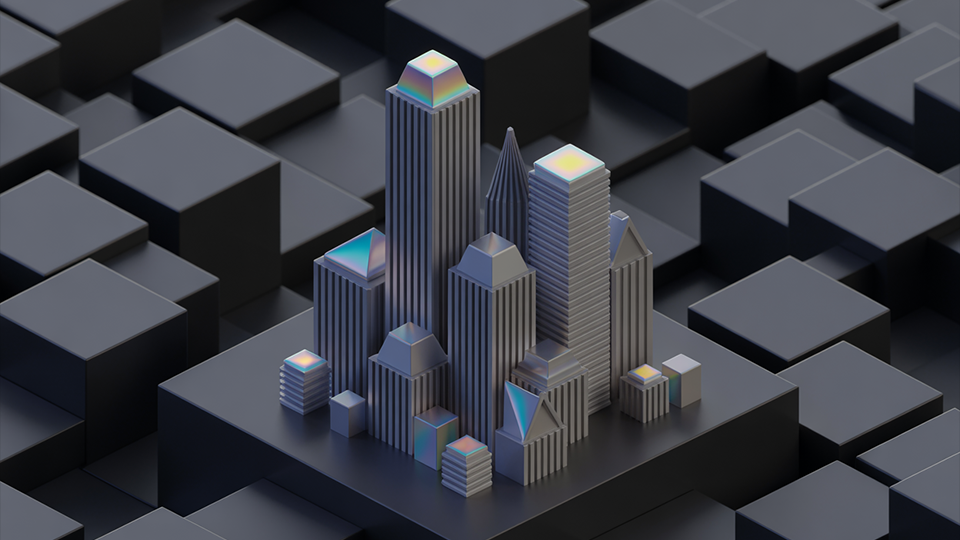Key Differences Between Utility Tokens and Security Tokens Explained
As blockchain and cryptocurrency continue to transform the digital landscape, tokens have become a cornerstone of online transactions, user incentives, and asset representation. However, it’s important to recognize that not all tokens serve the same purpose. Among the various types, utility tokens and security tokens are two of the most widely discussed. Though they might seem alike at first, they differ significantly in their functions and the regulations that govern them. In this article, we’ll explore the key differences between utility tokens and security tokens, making it easier to understand their roles in the crypto world.
What Are Utility Tokens?
Utility tokens are primarily designed to provide access to a product or service within a blockchain-based ecosystem. Think of them as digital keys that unlock specific functionalities within a platform.
Key Features of Utility Tokens:
- Access to Services: Users can redeem utility tokens for platform-specific services or features.
- Not Investment Instruments: They are not primarily intended as investments.
- Platform-Specific Use: Their value is typically tied to the demand and utility of the platform they serve.
Example: A classic example of a utility token is Binance Coin (BNB), which can be used to pay transaction fees on the Binance Exchange.
What Are Security Tokens?
Security tokens, on the other hand, represent ownership or rights to an underlying asset, such as shares in a company, real estate, or profit-sharing agreements. They are considered investment contracts and are subject to securities regulations.
Key Features of Security Tokens:
- Investment-Oriented: They often promise a share of profits, dividends, or voting rights.
- Regulated by Authorities: Security tokens must comply with regulations set by financial authorities (e.g., the SEC in the United States).
- Tied to Real Assets: They often represent ownership in real-world assets.
Example: tZERO is a well-known security token platform offering compliant tokenized securities.
Why Understanding the Differences Between Utility Tokens and Security Tokens is Important
Understanding the distinction between utility and security tokens is crucial for both investors and developers:
- For Investors: It helps clarify expectations regarding returns, risks, and legal protections.
- For Companies: Misclassifying tokens can lead to regulatory penalties and legal issues.
Whether you’re an investor or a business planning a token launch, it’s essential to understand these differences to navigate the crypto space effectively and stay compliant with regulations.
Stay informed, stay secure, and embrace the potential of blockchain technology!





